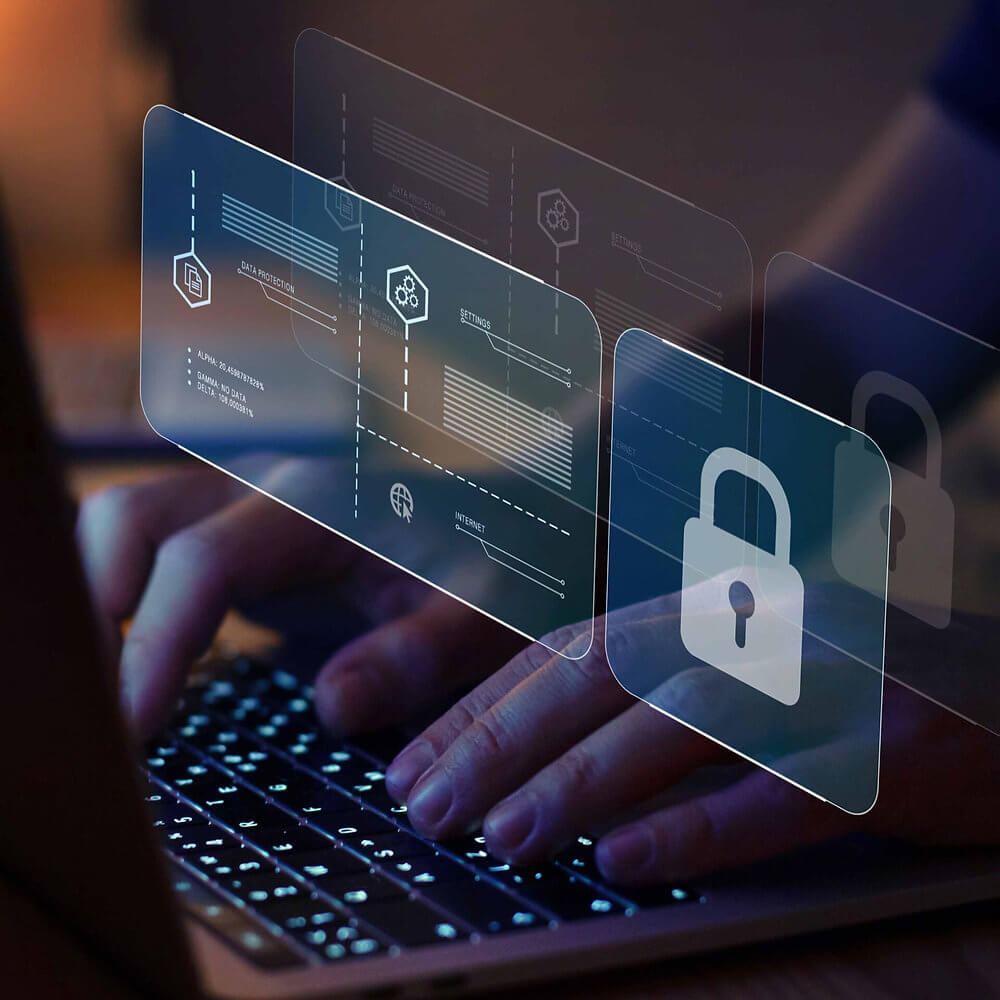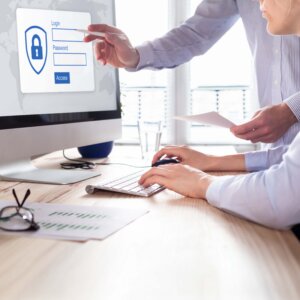
Fortify Your Digital Defense: 5 Cybersecurity Tips For 2023
Cybersecurity is an important practice for any person or business routinely operating and storing data online. With advancing technology, the methods used for cyberattacks are evolving to become more advanced each year, and with it, the rate of cybercriminals successfully causing data breaches increases. To prevent the loss of your valuable data, it is important to brush up on cybersecurity best-practices, and double check that you have effective safeguards in place to protect yourself today and everyday.
At Kaseware, security takes precedence in everything we do. That’s why, every year, we offer a set of practical and straightforward tips to empower individuals and companies in safeguarding their data. Just as we shared 5 Tips To Have A Safer Presence Online last year, let’s explore some new innovative strategies to enhance your cybersecurity defenses.
What are Cyberattacks?
To understand how to best protect yourself online, it’s important to first understand the primary methods used for cyberattacks and the devastating consequences they can unleash for both individuals and businesses.
At their core, cyberattacks are malicious acts that target digital systems and data with the intent to compromise, damage, or steal information. These attacks come in various forms, from the subtle to the overt. The motivation behind them can range from financial gain to political or ideological objectives.
Primary Methods of Cyber Attacks
Malware: Cybercriminals distribute malicious software that can infiltrate systems, corrupt files, and demand ransoms for decryption. This can lead to data loss, financial damages, and a tarnished reputation.
Phishing: Using deceptive emails or messages, attackers trick individuals into revealing personal information, leading to identity theft, financial loss, and unauthorized access to accounts.
Denial of Service (DoS) Attacks: Cybercriminals flood a network or website with traffic, rendering it inaccessible to legitimate users, causing downtime and operational disruption.
Social Engineering: Attackers manipulate individuals into revealing sensitive information through impersonation or deception, leading to data breaches, financial loss, and identity theft.
SQL Injection: By exploiting web application vulnerabilities, attackers can access and manipulate a database, potentially leading to data theft, unauthorized access, and privacy breaches.
Understanding the methods and consequences of cyberattacks is the first step in mitigating their impact. By staying informed and implementing robust cybersecurity measures, individuals and businesses can reduce their vulnerability to these digital threats.
5 Tips To Improve Your Cybersecurity
According to recent reports, cyberattacks have increased by 67% in the last five years, affecting both individuals and organizations. These attacks are not merely inconveniences; they have far-reaching consequences, from financial losses to personal data breaches. Now, more than ever, it’s imperative to shore up our digital defenses. With that in mind, here are five straightforward yet highly effective tips to protect yourself from the ever-present threat of cyberattacks:
1. Passphrase Power
It’s time to say goodbye to easily cracked passwords. Embrace the concept of passphrases – longer phrases with a mix of letters, capitalizations, and special characters. They are not only easier to remember than single-word passwords but much more secure. When choosing your passphrase, avoid using personal information such as names, birthdays, or company names, and include numbers or special characters throughout the phrase to make it even more secure.
An example of a good passphrase could be “IceCream-isMyfavor1te!”.
2. Leverage Behavioral Biometrics
Utilize behavioral biometrics to enhance your online security. Behavioral biometrics focus on your unique typing patterns, mouse movements, and touchscreen interactions. By analyzing these behavioral traits, cybercriminals can be identified even if they have your login credentials.
For instance, if a cybercriminal manages to steal login credentials but does not interact with the system in the same way as the legitimate user, behavioral biometric software can raise an alert, prompting additional security measures or denying access to the account.
3. Phishing Awareness
Phishing attacks continue to be a common entry point for cybercriminals. Train yourself and your organization to recognize the signs of phishing emails and texts. Phishing attacks often include common red flags that can help readers identify fraudulent messages. Be on the lookout for:
- Generic greetings: Phishing messages often use non-specific greetings like “Dear Customer.”
- Urgent language: Cybercriminals create a sense of urgency to pressure you into taking immediate action.
- Misspelled words and grammar errors: Many phishing attempts contain spelling and grammar mistakes.
- Suspicious links: Hover your mouse over links to preview the destination URL. Avoid clicking on links with unusual or misleading addresses.
4. Backup Your Data
Losing valuable family photos or important business documents can be devastating for you or your organization. To keep them safe, make a habit of regularly backing up your data. Whether it’s the threat of a ransomware attack or the risk of hardware failure, a routine backup ensures your data stays secure and accessible. To make it a lasting habit, consider scheduling monthly backups. It’s a simple way to keep your data protected in the long run.
5. Multi-Layered Security
Relying on a single security practice is no longer sufficient in keeping your data safe from cyberattacks. Implement multiple layers of security, such as firewalls, antivirus software, and intrusion detection systems, to create a robust defense against threats. If one layer of security fails or a new threat evades it, other layers are in place to detect and mitigate the risk.
These tips are the building blocks of a more secure digital presence. By incorporating these practices into your daily routines, you can significantly reduce your vulnerability to cyberattacks and enjoy the digital world with greater peace of mind.
Kaseware Data Security
While the public can take the above steps to ensure their safety, Kaseware is always working tirelessly to ensure that we exceed the highest standards of security. One of the ways we do this is to validate our platform with third party audits.
For example, we are SOC 2 Type 2 compliant, where SOC 2 is an accreditation from the American Institute of Certified Public Accountants (AICPA). This AICPA audit demonstrates our compliance in all five trust service principles — security, confidentiality, processing integrity, availability, and privacy. We are also compliant with all Criminal Justice Information Service (CJIS) policies.
These certifications serve as evidence to our commitment of the security and safety of our clients’ information. We are proud of the privilege to protect that information and work daily to ever increase our already high standards. Read more about Kaseware’s commitment to compliance here.








